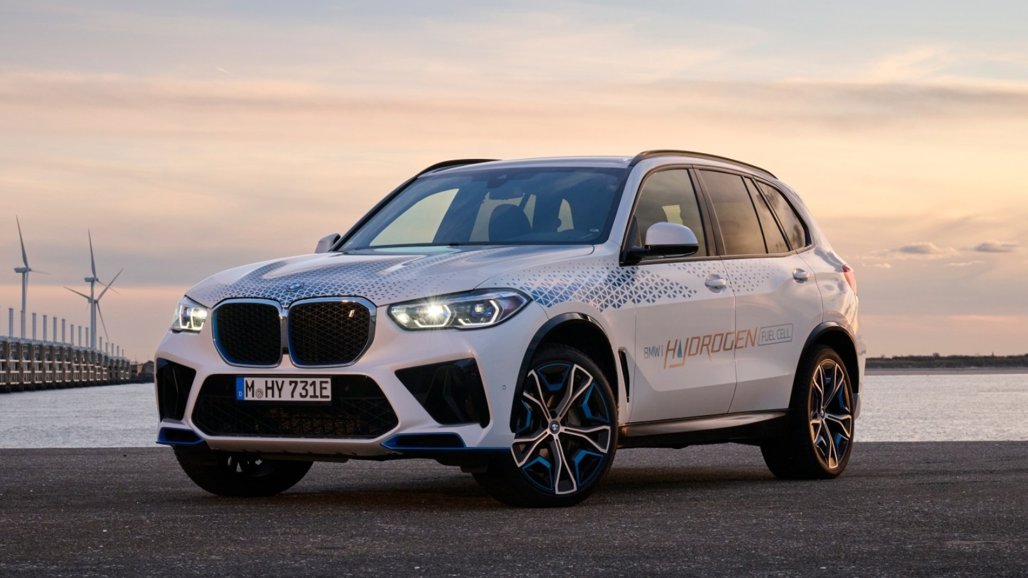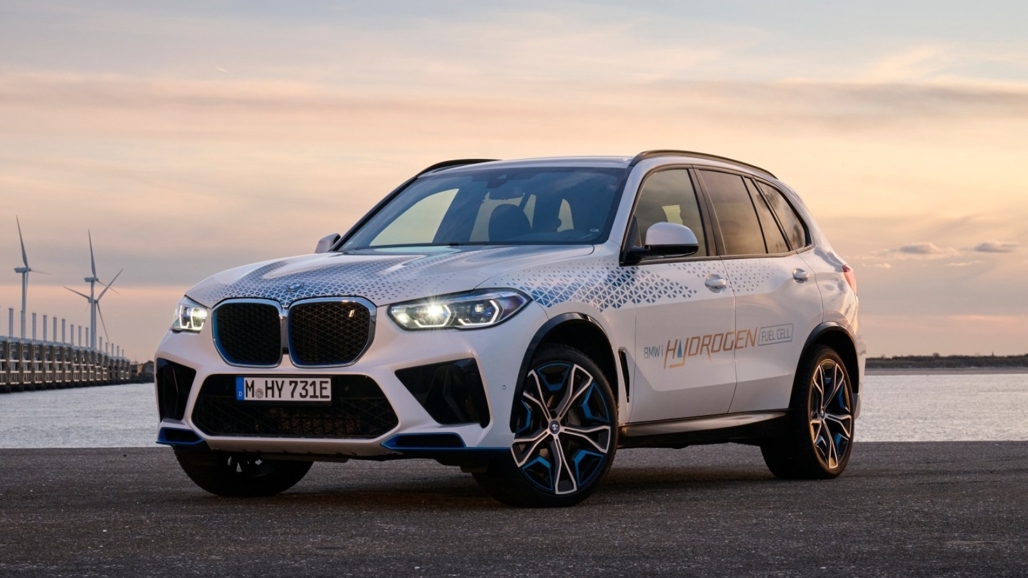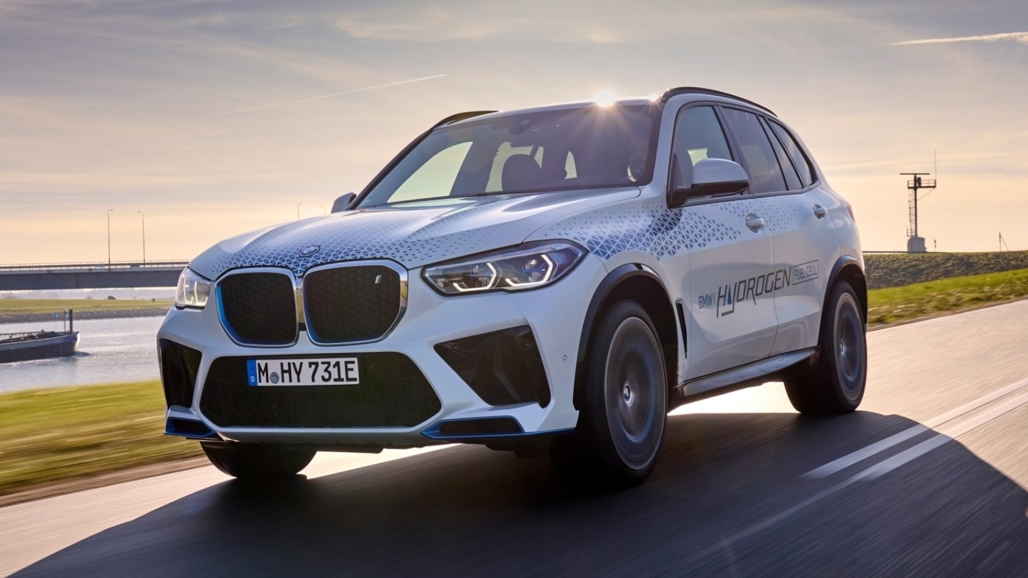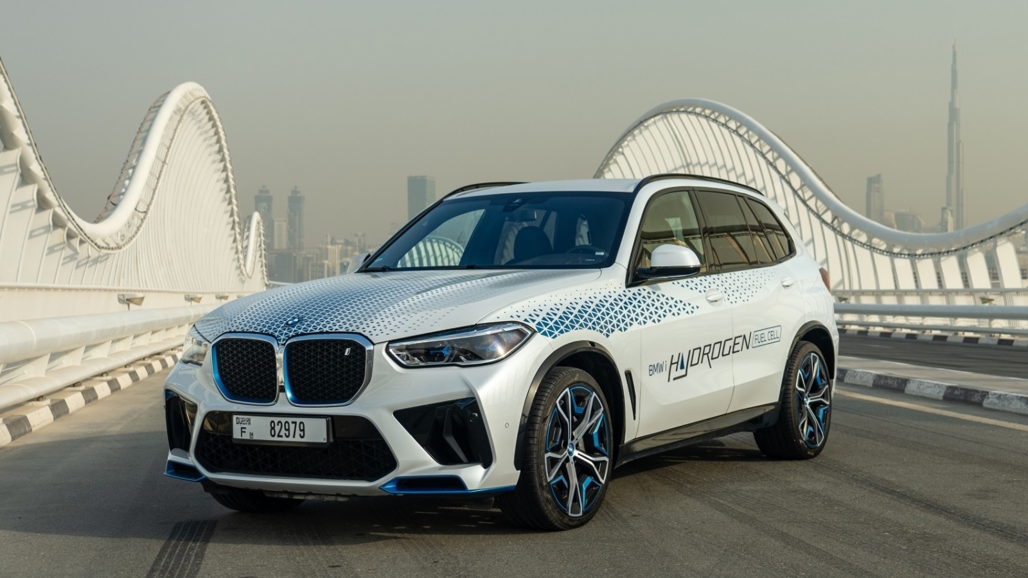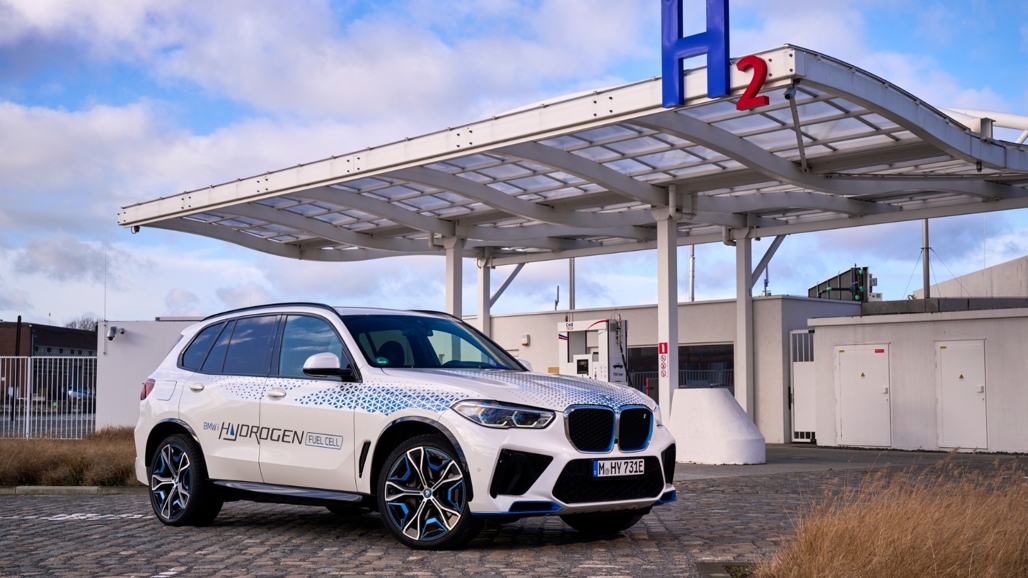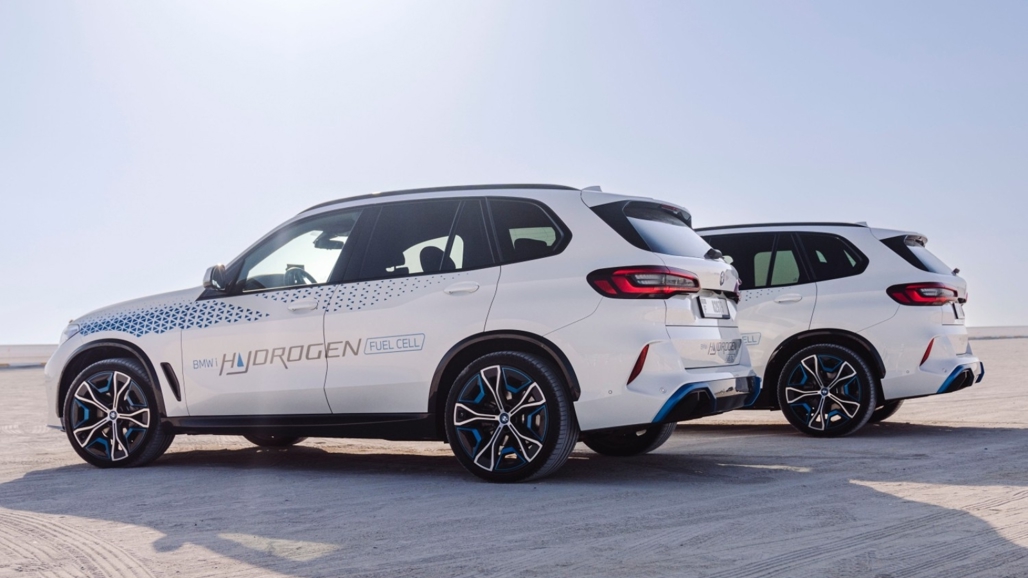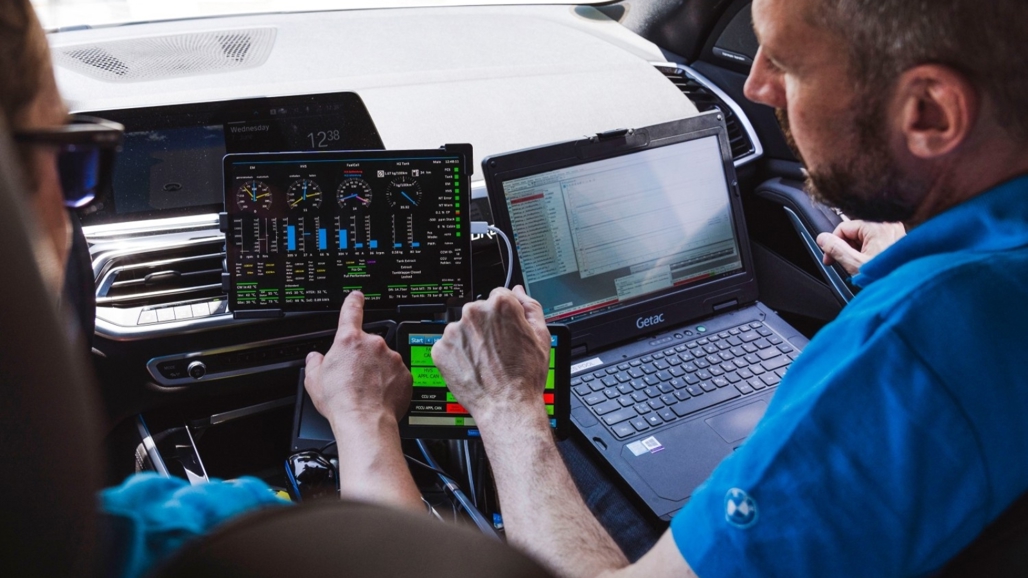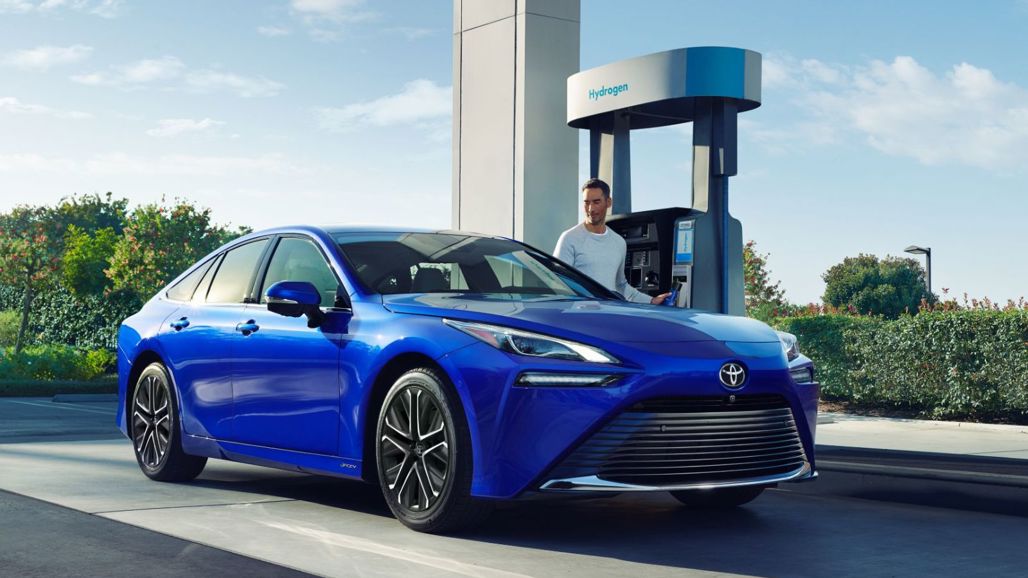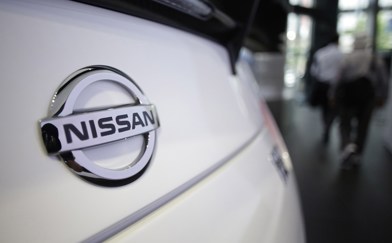Hydrogen is one of the most polarising topics in the automotive sector.
Some believe it's a golden ticket to sustainability, potentially better than battery electric vehicles (BEVs) at displacing the internal combustion engine (ICE) as the world's most dominant consumer mobility solution.
But others claim it's a mirage, a dead end riddled with improbable promises, limited investment and expensive infrastructure.
Despite the noise, powerhouse Asian automakers like Toyota, Hyundai and Kia continue to believe in the promise of hydrogen fuel-cell electric vehicles (FCEVs). Across the world, BMW is doing the same.
The power of choice

In 2020, BMW introduced its 'Power of Choice' strategy, a forward-thinking approach reflecting its commitment to providing diverse powertrain technologies, including BEVs, FCEVs, and plug-in hybrids (PHEVs).
One of the key aspects of this strategy is the flexibility it offers.
By developing platforms that can accommodate multiple types of powertrains, BMW can efficiently produce vehicles tailored to different markets and consumer preferences without the need for entirely separate production lines.
This modular approach is both cost-effective and agile, allowing BMW to adapt quickly to changing market demands and tech advancements.
Another critical element of the 'Power of Choice' strategy is its alignment with global efforts to reduce carbon emissions.
By offering a range of electrified options, including hydrogen FCEVs, BMW is contributing to the broader goal of sustainable mobility.
Hydrogen vehicles, emitting only water vapour, offer the promise of zero-emission driving with the convenience of fast refuelling and better range - characteristics that are particularly appealing in segments where BEVs might not be the most practical solution due to range or charging limitations.
Entering the hydrogen vehicle market

BMW's entry into the hydrogen FCEV market with its iX5 Hydrogen SUV concept marks a significant step in diversifying its vehicle portfolio.
While this move showcases BMW's innovative bent, it also navigates a path filled with game-changing potential on one hand and insurmountable challenges on the other.
The iX5 Hydrogen, boasting a powerful fuel cell system and a substantial output of 295kW, illustrates BMW's technical capabilities.
BMW uses a proprietary system that generates electricity through a chemical reaction between hydrogen, stored in the vehicle's tanks, and oxygen from the air. The electricity produced powers the vehicle's electric motor.
The vehicle also stores hydrogen in two 700-bar tanks made of carbon-fibre-reinforced plastic (CFRP). This high-pressure storage system is key to achieving a practical driving range while keeping the hydrogen storage units compact and lightweight.
The vehicle offers a driving range north of 500km, thanks to the efficient fuel cell system and hydrogen storage capacity.
Refuelling the hydrogen tanks is quick, taking only three to four minutes, similar to refuelling a conventional ICE vehicle - a significant advantage over the longer charging times of BEVs.
But despite the impressive specs, the broader success of BMW's hydrogen venture will depend on factors beyond sheer engineering excellence, such as infrastructure development and market readiness.
Help from Toyota
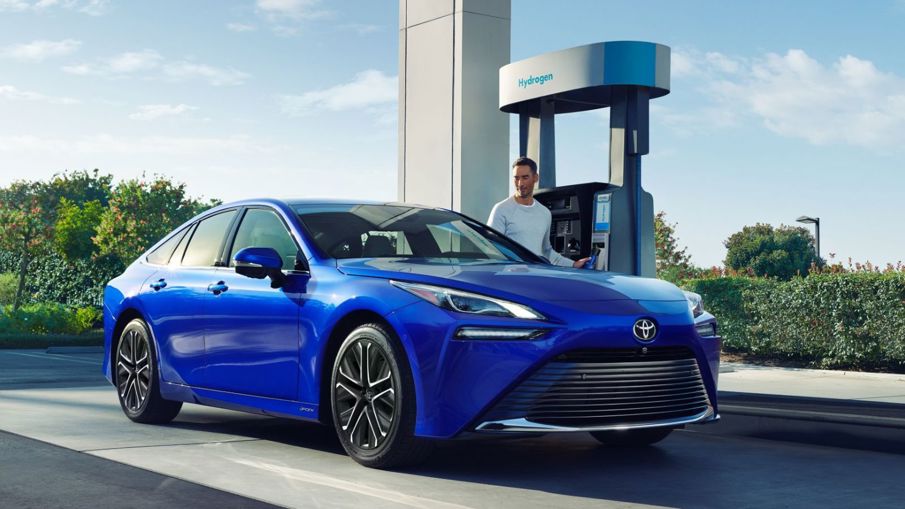
The over 10-year-old collaboration between BMW and Toyota in hydrogen tech highlights a strategic partnership leveraging the strengths of both companies.
Toyota's Mirai remains one of the few hydrogen-powered cars in the market. Its total sales since 2015 stand barely above 14,000 units worldwide, but Toyota has continued its development efforts.
The Japanese giant's longstanding experience with hydrogen complements BMW's engineering expertise, potentially accelerating the latter's hydrogen initiatives.
By partnering, BMW and Toyota can share the financial and technical risks attached to hydrogen tech while pooling their resources for research and development, making the venture more viable and less burdensome for each company individually.
This partnership underscores the industry's evolving landscape, where collaboration can be a key driver in achieving technical breakthroughs.
Hurdles to opportunities

The limited hydrogen refuelling infrastructure remains a significant obstacle to the widespread adoption of FCEVs like the iX5 Hydrogen.
However, this also presents an opportunity for industry-wide collaboration and innovation.
BMW's investment in hydrogen technology could stimulate broader efforts to develop the necessary infrastructure, mirroring the evolution seen in the rapidly growing global EV charging network.
The pace and effectiveness of these developments will be crucial for the future of hydrogen mobility.
But it's not all sunshine for BMW.
The company's hydrogen initiatives place it in direct competition with its partner, Toyota, along with South Korean automakers Hyundai and Kia, who have made significant headway in the FCEV market with next-gen advancements like polymer electrolyte membrane (PEM) fuel cells.
BMW's brand strength and engineering capabilities could enable it to carve out a unique position in this competitive landscape.
However, the company will need to address the challenges of late entry into the market, including catching up with the technological advancements and market presence of its Asian counterparts.
Finding balance
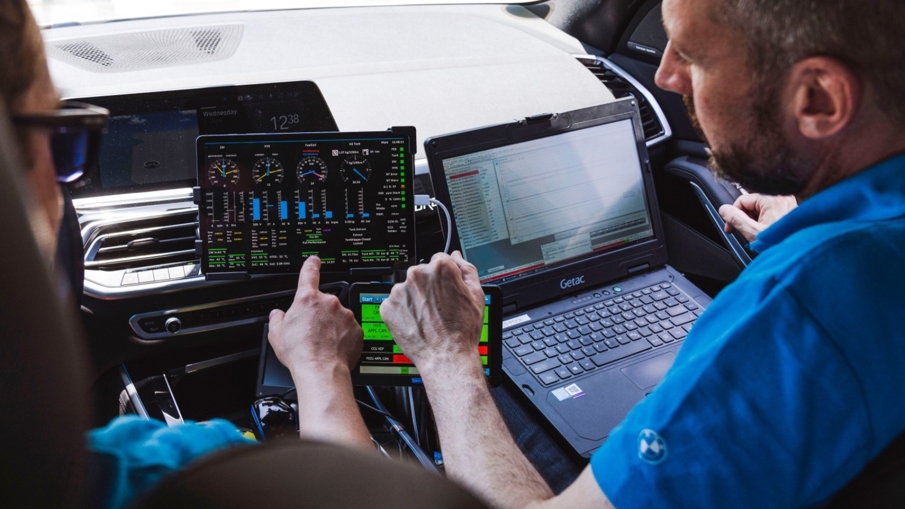
BMW's decision to pursue hydrogen alongside its continued investments in BEVs and ICE vehicles reflects a balanced approach to future mobility solutions.
This strategy allows BMW to adapt to evolving market demands and tech advancements, positioning the company to capitalise on various emerging opportunities.
The success of this approach will depend on BMW's ability to allocate resources and innovate across different vehicle categories more effectively than its rivals.
While the iX5 Hydrogen is a significant leap, the journey ahead is nuanced, balancing technical prowess with market and infrastructural realities.
BMW's ability to navigate these complexities will determine the long-term success of its hydrogen strategy, setting the stage for an intriguing future for consumers.

